Germany ZEW Economic Sentiment rose slightly from -61.9 to -59.2 in October, above expectation of -66.0. Current Situation Index dropped sharply from -60.5 to -72.2, below expectation of -69.0.
Eurozone ZEW Economic Sentiment improved slightly from -60.7 to -59.7, above expectation of -60.6. Current situation dropped very sharply by -11.7 pts to -70.6. Inflation expectations for Eurozone declined from -23.7 to -35.8.
“The ZEW Indicator of Economic Sentiment rises slightly in October. However, the current economic situation is once again assessed as significantly worse than in the previous month. The probability that real gross domestic product will decline in the course of the next six months has also increased considerably. Overall, the economic outlook has deteriorated again,” said ZEW President Professor Achim Wambach on current expectations.




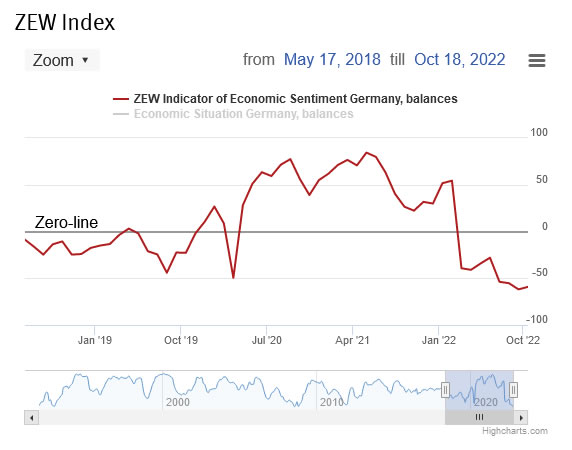
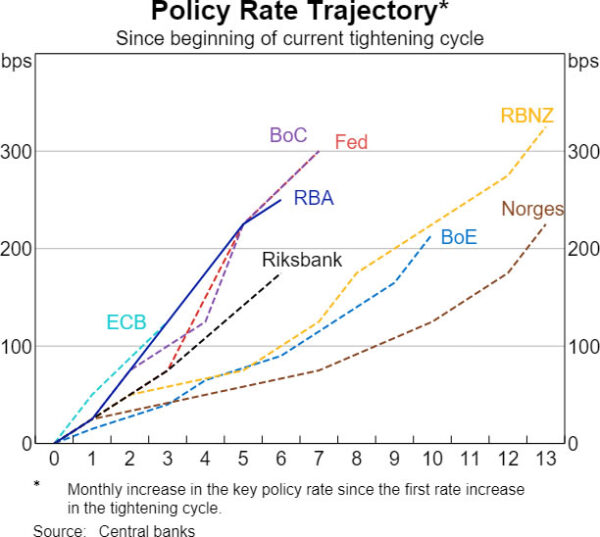
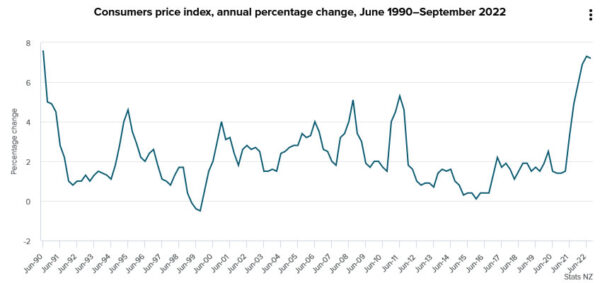
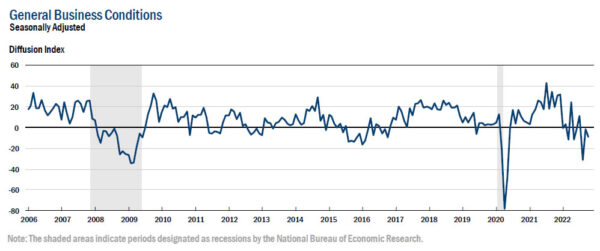
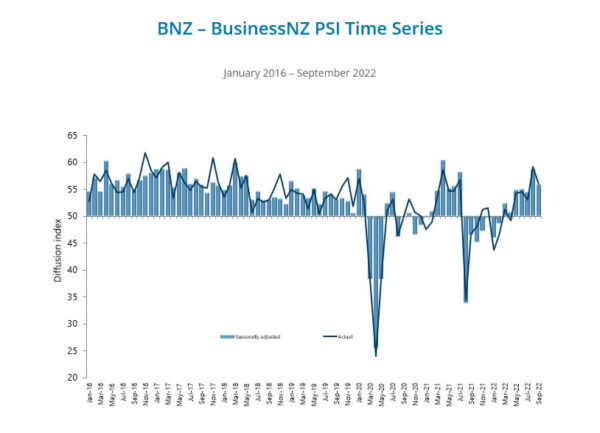
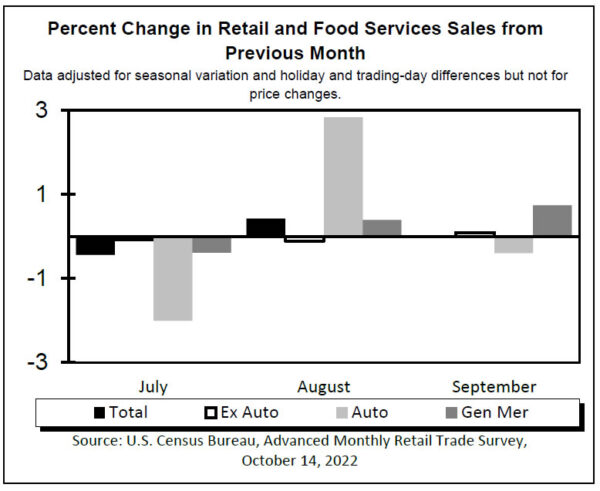
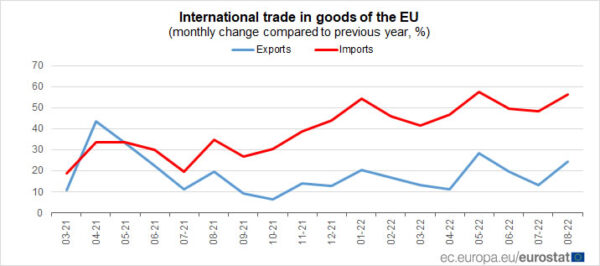
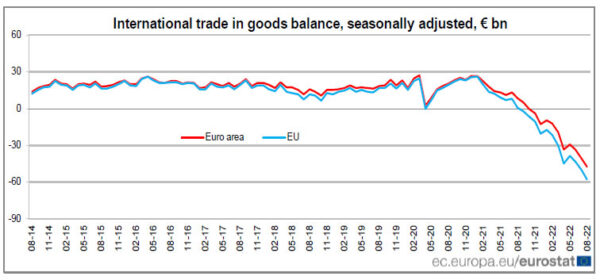
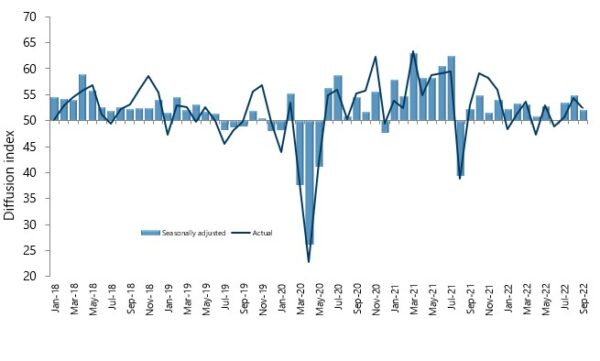
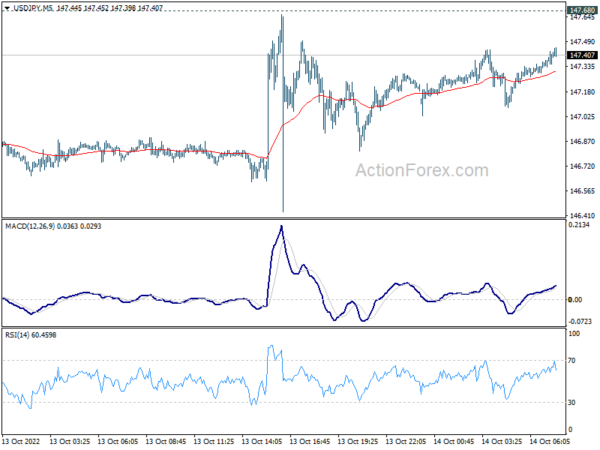
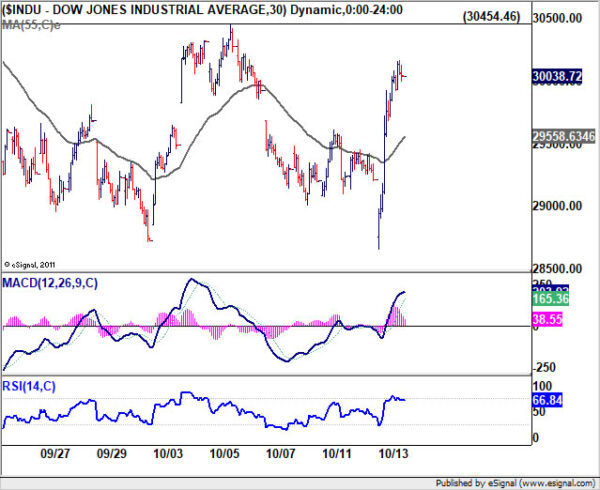
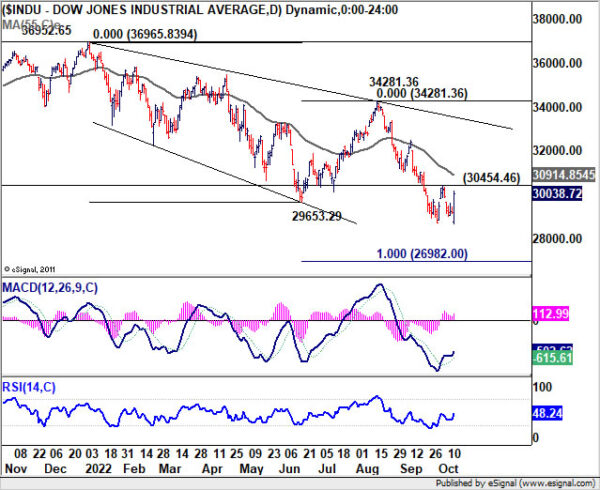
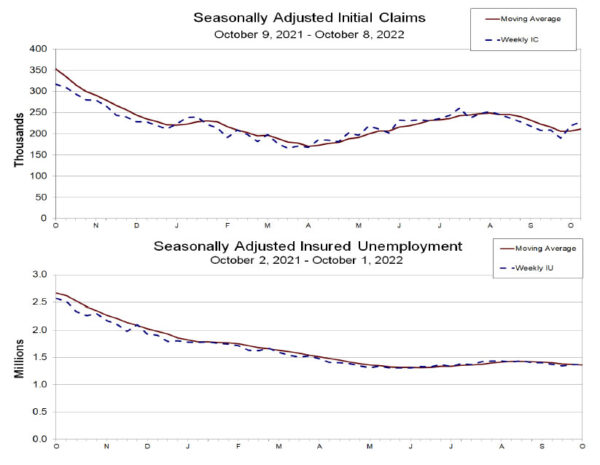
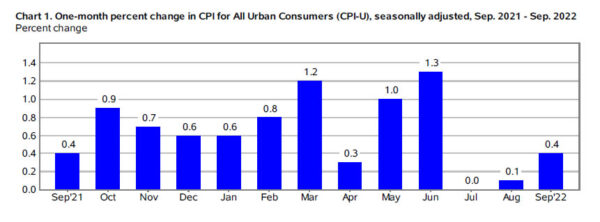
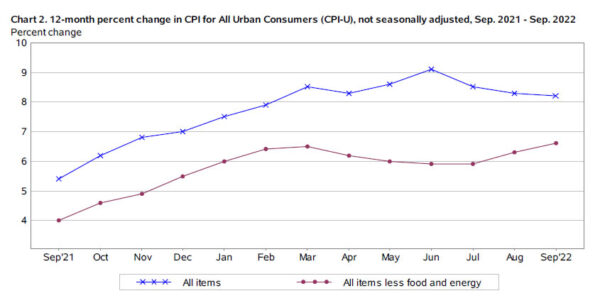

Japan intervenes as USD/JPY breaks149
USD/JPY is knocked down heavily after edging higher to 149.28. At the time of writing, it’s trading slightly below 149. Apparently, the unexpected excessive volatility is due to intervention by Japan. For now, it’s unsure if 149 is the level Japan would defend, or is it going to be 150. In either case, as USD/JPY looks rather resilient, it’s not a wise choice to sell it to ride on the intervention. It’s an avoid for the moment.
Earlier today, Japanese Finance Minister Shunichi Suzuki said, “We cannot tolerate excessive currency moves driven by speculators. We are closely watching currency moves with a sense of urgency.”
“Generally speaking, there are times when we intervene by making announcements and some other times when we do without it,” Suzuki also noted.